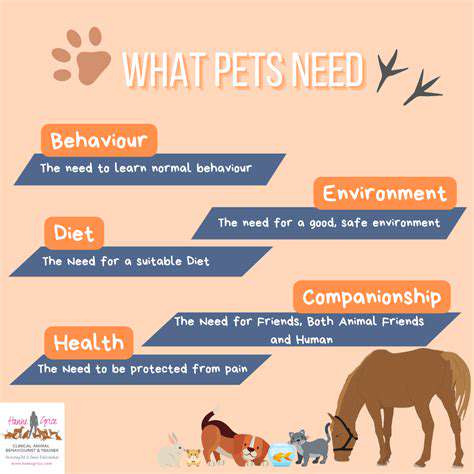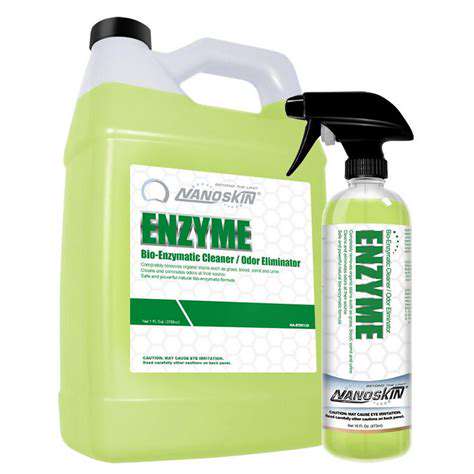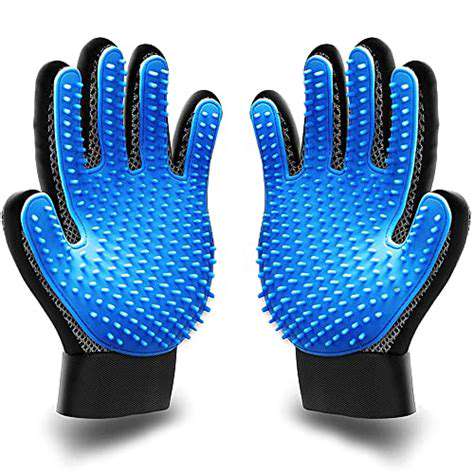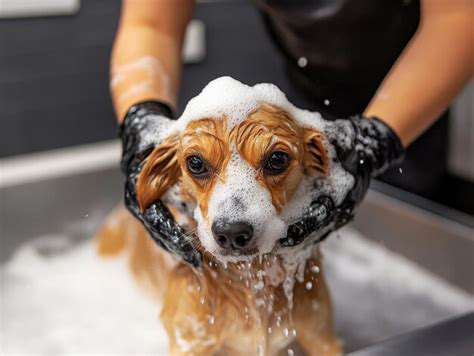Dog Harnesses: Choosing the Right Type
Harness Styles for Different Needs
Choosing the right harness style for your dog is crucial for their comfort and safety. Different harnesses are designed for various activities and body types. For example, a front-clip harness is often preferred for dogs prone to pulling, as it distributes pressure differently than a back-clip harness. Consider your dog's activity level, temperament, and potential for pulling when selecting a harness style. Understanding these factors will help you choose a harness that promotes a positive and safe experience for both you and your furry friend.
A no-pull harness, often featuring a chest clip, is designed to discourage pulling by redirecting pressure away from the neck. These harnesses typically offer a more comfortable fit, especially for dogs who tend to be strong pullers during walks. Conversely, a back-clip harness is a more traditional style, often suitable for dogs who don't pull excessively. It's essential to consider your dog's individual needs when making this decision.
Harness Materials and Durability
The material of a dog harness significantly impacts its durability and comfort. High-quality harnesses are constructed from robust materials like nylon, durable canvas, or even leather, ensuring they can withstand the rigors of daily use. Consider the environment your dog frequently interacts with when making your choice. A harness made from a water-resistant material, for instance, will be more practical if your dog enjoys playing in the rain or mud.
Look for harnesses with reinforced stitching and strong buckles to prevent wear and tear. A well-made harness will not only provide comfort but also maintain its integrity over time. This is essential for the safety and longevity of the harness, so that it continues to protect your dog in all situations.
Harness Sizing and Fitting
Proper sizing and fitting are paramount for a comfortable and effective harness. A harness that is too tight can restrict your dog's movement and cause discomfort, while one that is too loose may not provide adequate support. Always measure your dog's chest girth to ensure you select the correct size harness. Ensure the harness fits snugly without being overly tight, allowing for easy breathing and movement.
Harness Features for Specific Needs
Certain harnesses are designed with specific features to address particular needs, such as reflective strips for nighttime visibility or ventilation panels for hot weather. These features can enhance your dog's safety and comfort depending on your environment and lifestyle. For example, if you live in a high-traffic area, a highly visible harness is essential to ensure your dog's safety while out for a walk.
Look for harnesses with reinforced stitching and strong buckles to prevent wear and tear. Features like padded straps and breathable materials can significantly enhance your dog's comfort during walks, hikes, and other activities. Choosing a harness with these extra features can make a huge difference in your dog's experience.
Harness Safety Considerations
Dog harnesses should be checked regularly for any signs of damage or wear. Loose stitching, broken buckles, or frayed material are all indications that the harness may not be safe for continued use. Inspect the harness before each walk or activity to ensure it's in optimal condition. This simple step can prevent potential accidents and keep your dog safe.
Always ensure that the harness fits correctly and securely. A properly fitted harness will prevent slippage and ensure that it doesn't put undue pressure on your dog's neck or other sensitive areas. The safety of your dog should always be your top priority when selecting and using a dog harness.
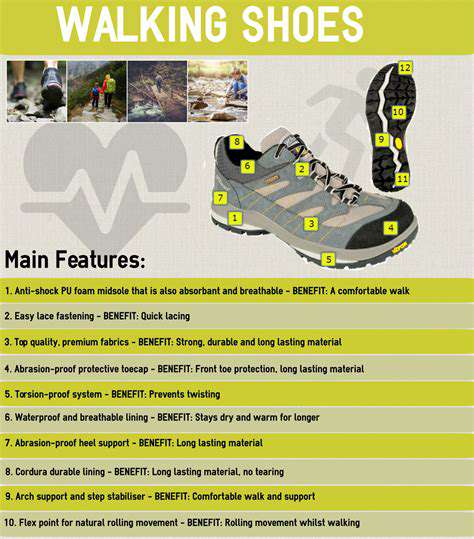
Harness Styles for Different Activities
Choosing a Harness for Walking
When selecting a harness for everyday walks, Prioritize comfort and safety for your dog. Look for a harness that allows for a natural gait, doesn't restrict movement, and distributes pressure evenly across your dog's body. A well-fitted harness will ensure your dog feels comfortable and secure while you enjoy a pleasant stroll together, minimizing the risk of pulling or discomfort.
Consider the size and shape of your dog's body when choosing the harness. A poorly fitting harness can cause chafing, discomfort, and even injury. Proper sizing is crucial to ensure that the harness doesn't constrict breathing or movement. Measure your dog carefully to ensure a snug but not tight fit.
Harness Types for Different Breeds
Different dog breeds have varying needs and body types. For example, a small, delicate breed might require a harness with a more gentle design that avoids constriction. Larger, more powerful breeds might need a harness with reinforced straps and a sturdy construction to withstand their energy.
Consider your dog's activity level and build. A harness designed for a dog that loves to run and play will differ from one suited for a more relaxed dog. A harness tailored to your dog's breed and size will enhance their comfort and safety during various activities.
Harness Selection for Training
A well-chosen harness can significantly aid in training. A harness that distributes pressure evenly and doesn't restrict movement is essential for positive reinforcement training. This allows for a more comfortable experience for your dog while you work on commands and behaviors.
Look for a harness that is easy to adjust and provides excellent visibility. This can be particularly helpful during training sessions, ensuring that your dog and others can easily see the harness. Choosing the right harness for training can streamline the process, fostering a positive connection between you and your canine companion.
Harness Features for Off-Leash Activities
For off-leash activities like hiking or playing fetch in open spaces, a harness with reflective strips or other visibility enhancements is a must. It's crucial to ensure your dog's safety by using a harness that maximizes visibility to other people and animals in the environment. This enhances your dog's visibility, especially in low-light conditions, and greatly reduces the risks associated with off-leash activities.
Harness Materials and Durability
Consider the materials of the harness, as durability is essential, especially for dogs with high energy levels. A strong, durable harness is important for withstanding the rigors of daily use and ensuring longevity. Look for harnesses constructed from high-quality materials that are resistant to tearing, abrasion, and weathering.
Inspect the stitching and construction of the harness. Robust stitching and sturdy materials are key indicators of a well-made and long-lasting harness. Investing in a durable harness is a worthwhile investment that can save you money in the long run.
Harness Safety Considerations
Safety is paramount when choosing a harness. Ensure the harness has a secure, comfortable fit, and never use a harness that has any signs of damage or wear. Inspect the buckles and straps for any looseness or defects; if you find any issues, do not use the harness. A harness with a secure fit prevents your dog from slipping out and ensures their safety during walks and other activities.
Look for harnesses that are easy to put on and take off. A well-designed harness will minimize any potential stress or discomfort for your dog. Quick-release buckles are a significant advantage, especially in emergency situations. Safety features should be prioritized in every harness purchase.
The B vitamin complex, encompassing various B vitamins like B6, B9 (folate), and B12, is essential for a multitude of brain functions. B vitamins are involved in the production of neurotransmitters, chemical messengers that transmit signals between brain cells. These vital messengers are crucial for processing information, regulating mood, and supporting focus and concentration. A deficiency in B vitamins can lead to neurological symptoms, impacting cognitive abilities.
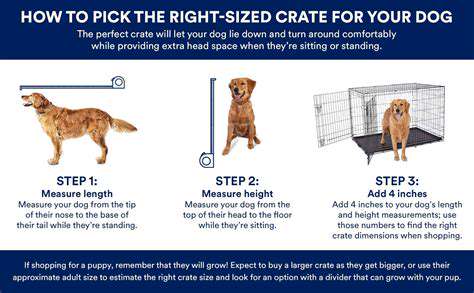
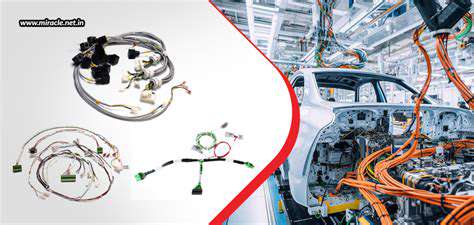
Read more about Dog Harnesses: Choosing the Right Type
Hot Recommendations
- Best Pet Bowls: Stainless Steel and Ceramic
- Pet Hydration: Why It's Crucial
- Stop Counter Surfing: Training Your Dog to Stay Off
- Pet Hypothyroidism: Symptoms and Management
- Signs of Pet Liver Disease: What to Watch For
- Pet Emergency Kits: What to Pack
- Dangers of Xylitol: Toxic to Dogs
- Dealing with Pet Diarrhea: When to See a Vet
- Preparing Pets for Travel: Tips for a Smooth Trip
- Pet Depression: Recognizing the Signs


